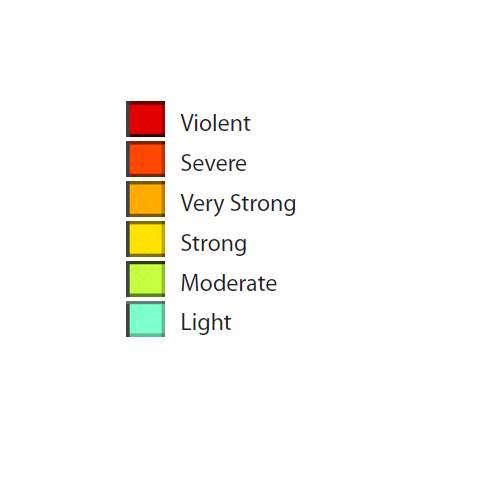Sensible Insurance
Thoughtful. Independent. Local.
car, home, & life insurance
Ask us for a comparison.
Access to multiple companies gives you better results.

We have over a decade comparing policies in Oregon to find a better bundle.
About Us
Thoughtfully human.

Eli
Agent & Owner
Midwestern roots with a strong helping of nice.

Kathryn
Owner & Agent
Western independence with a kind dose of reality.
Reviews from our customers
Kind
“. . . truly cares about finding the policy that works for you.”
– Ezio B.
“He’s understanding and will truly talk you through all your options, with his primary concern being what is best for YOU.”
– Tammy G.
“I can tell that he genuinely cares about my family’s situation.”
– Mark F.
Cost-Conscious
“. . . has some simple ways to save a lot of money!”
– Eric O.
“We even saved a little bit of money in the process.”
– Stephen M.
“Not only am I saving money on my home and auto insurance, I value working with someone who will listen . . .”
– Matt H.
Honest
“No up-selling or other weird pressure.”
– Taylor S.
“. . . extremely helpful and professional.”
– Nichola O.
“a fair, honest “no pressure” quote for your insurance needs.”
– Darryl D.
Have An Insurance Question?
We’d be happy to help you. Get in touch today!
Sensible Insurance PNW
503-360-5850
eli@sensiblepnw.com
Hours: Mon-Fri 8:30a-5p & in-person by appointment.
9620 NE Tanasbourne Dr, Suite 300
Hillsboro, OR 97124
Blog & News
Help! I have a teen driver; how can I lower my insurance rates?
I wonder if the idea for the hit song “Jesus Take the Wheel” began with a…
Continue Reading Help! I have a teen driver; how can I lower my insurance rates?
Earthquake Options Added
Most home insurance policies here in Oregon do not include coverage for earthquake damage (and if…
Request a comparison today!
You’ll be glad you started this conversation.


